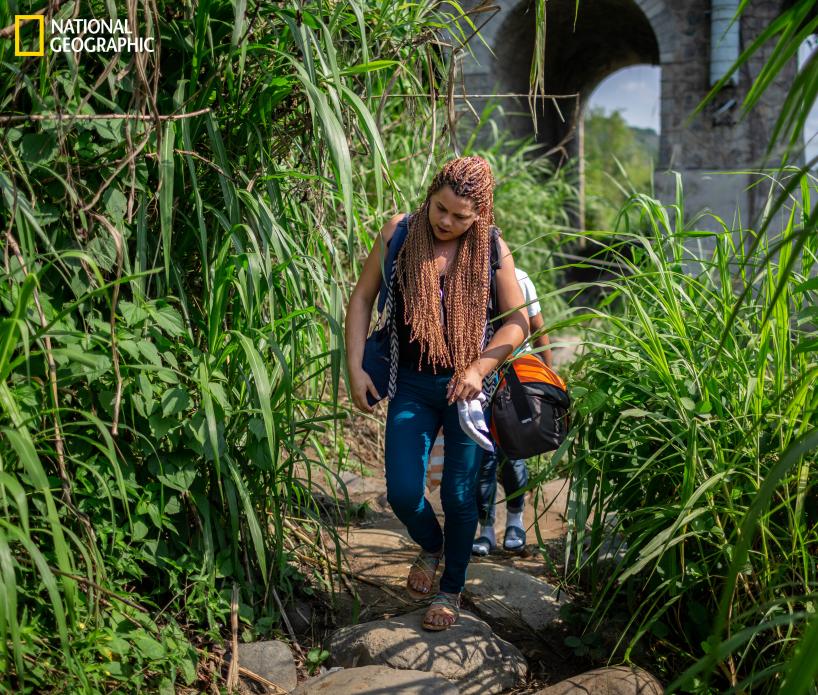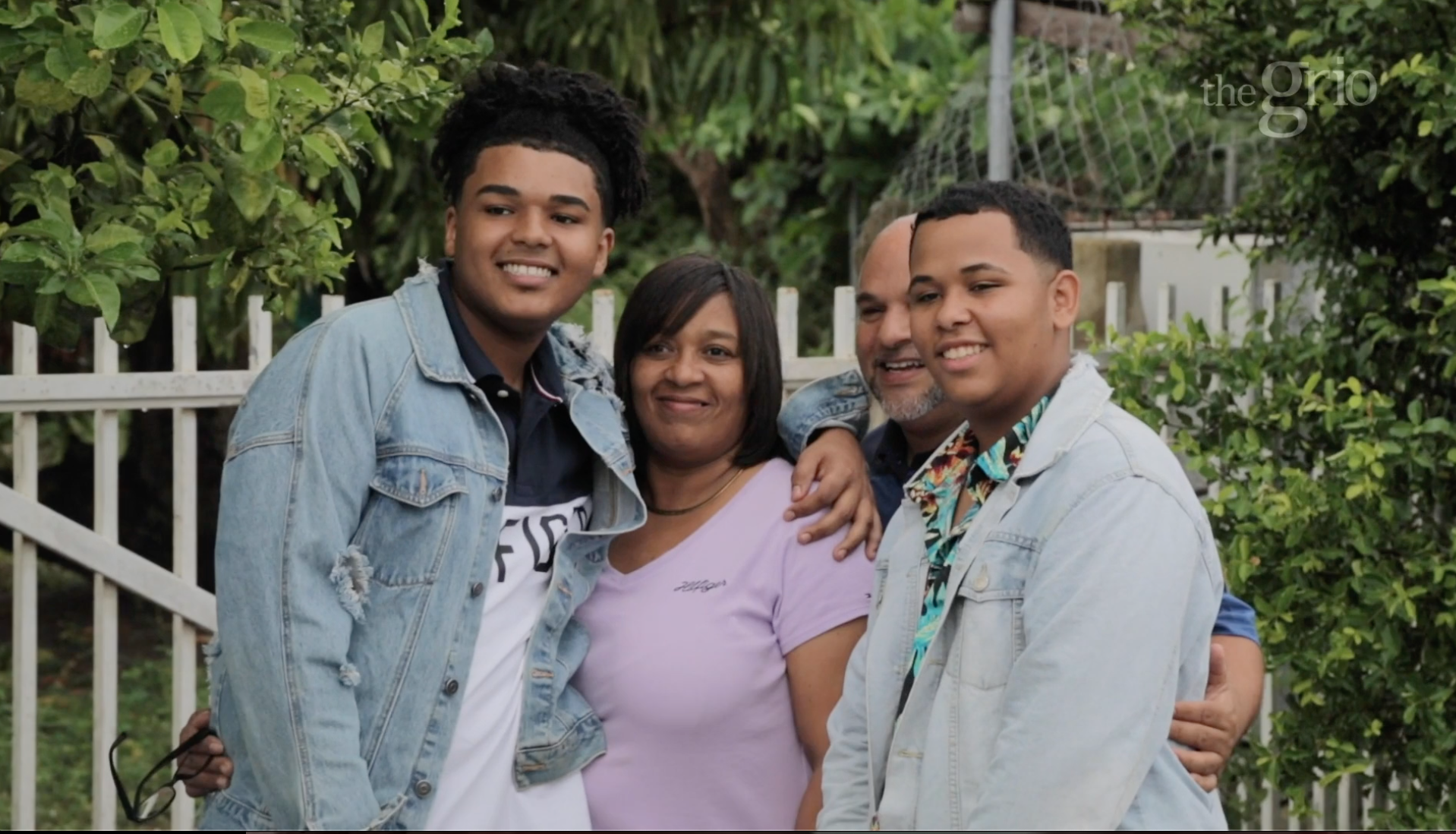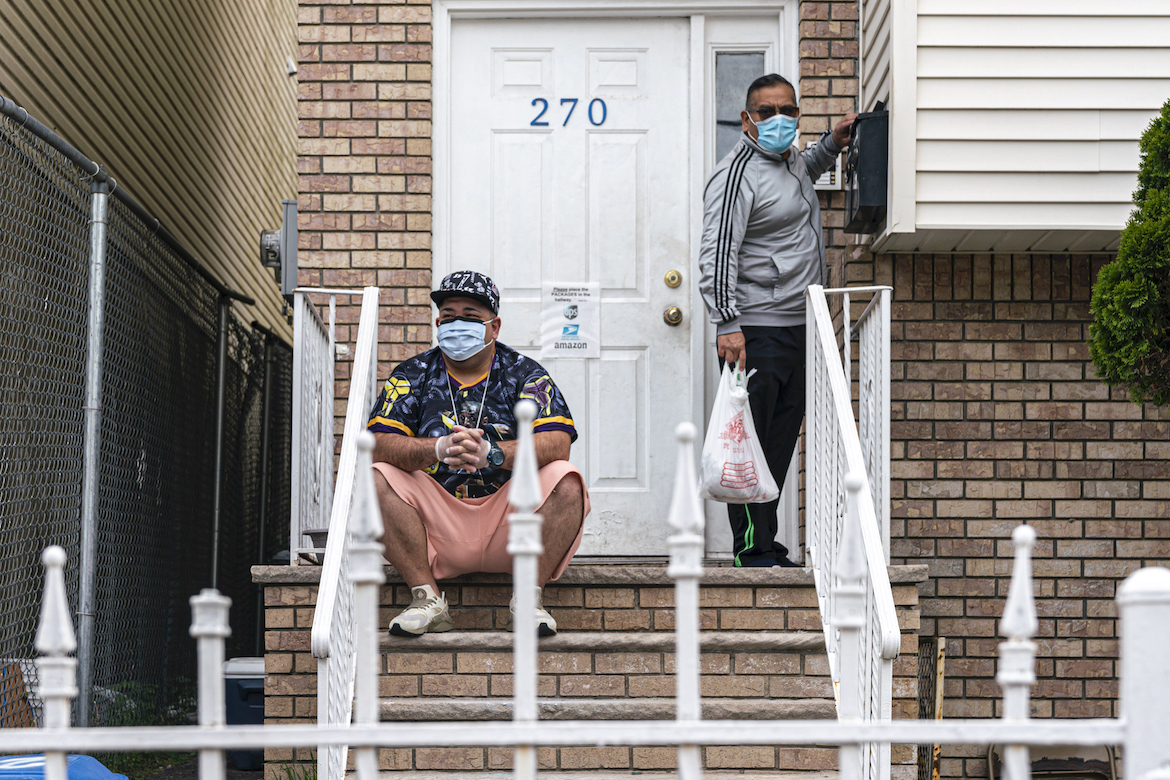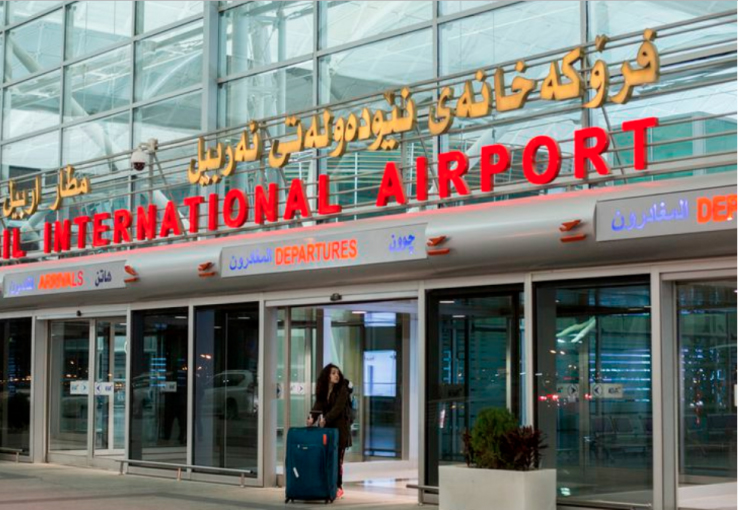This unit was created by Jazmin Puicon, a high school teacher in Newark, NJ, as part of the spring 2021 Pulitzer Center Teacher Fellowship program on Stories of Migration. It is designed for facilitation across approximately eleven 60-minute in-person or virtual class periods.
For more units created by Pulitzer Center Teacher Fellows in this cohort, click here.
Unit Objectives:
Students will be able to…
- Explore the history of Newark—including problems, solutions, individuals, and community groups past and present
- Understand the relationship between previous social categories and systems of governance and present unequal relationships among different cultural, racial, and gender groups
- Research and craft a visual record of their history as migrants and citizens of the city of Newark
Unit Overview:
This unit focuses on underreported stories of migration and the local history of everyday people of the City of Newark. From the global stories of women migrants on the move to the wards of the City of Newark, we will examine the experiences of the people who live and inhabit these places and spaces, and who also make history.
Far too often we solely focus on major reported stories related to migration from the point of view of the elite, those in power, or the victors who wrote down their version of history for posterity. This unit seeks to reclaim history for those who resisted, suffered, lost yet triumphed. Anchored by Pulitzer Center migration resources, this unit explores the intersection of the history of the City of Newark (aka Brick City) and global migration using a variety of historical documents, texts, and visuals in which everyday people and the disenfranchised occupy an important space of representation.
Performance Task:
The unit culminates with the creation of primary source documents (oral histories, captioned maps, or photo/mural essays) that document the history of students’ families and their migration to the city of Newark.
In spring 2021, the students of Bard HS Early College (Newark, NJ) built a digital archive for other students throughout the world to access and explore as we celebrate the rich history of the City of Newark through the lens of migration. Therefore, consider this unit as the students’ history of migration to the City of Newark, as well as a guide for other educators who would like to develop similar projects in their own communities.
Unit Guiding Questions:
- How does the past impact our current history?
- What does Newark history mean to you?
- What has changed and what remains the same in our city?
- As a city of migrants, how does our shared history of migration impact our present?
Unit Goals:
- Identify and examine important factors, figures, and populations in Newark history.
- Make connections between the past and current events.
- Understand the issues surrounding migration - both on a global and local scale.
- Document and create a student-led archive of material that celebrates each individual student’s family history in Newark.
- Understand the relationship between previous social categories and systems of governance and present unequal relationships among different cultural, racial, and gender groups.
- Constantly reflect upon and be engaged with material presented in class by collaborating and communicating with class members through shared assignments.
Ten-day unit plan, including warm-ups, texts and video resources, discussion questions, activities, graphic organizers for student projects, and performance tasks for the unit.
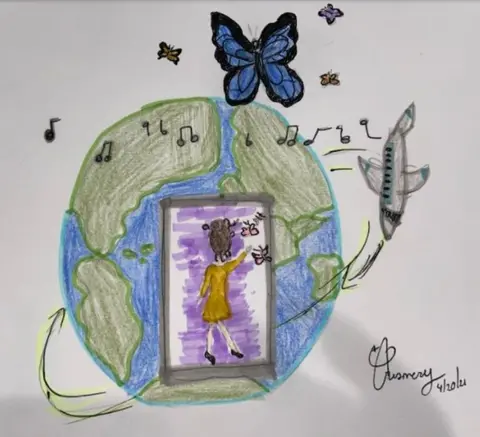
This unit is assessed through the following formative and summative assessments.
Formative Assessments:
- Written contributions to PollEverywhere word clouds and Jamboard reflections
- Completed graphic organizers analyzing news stories and primary source documents
- Written or oral exit tickets summarizing learning from each day’s resources
Specific directions and resources are included in the full unit plan.
Summative Assessments:
1. Creating an Archive of Family Migration to Newark
The culminating project will be the creation of a student-led archive. Each student will be placing their “brick” or contribution (either a transcribed oral history or video oral history through Flipgrid, interactive map submission through Padlet, or photo essay/mural) that highlights and documents the history of their family and their arrival to Newark. Student work can be displayed and celebrated through class presentations and/or on a class website. Final projects will be evaluated through a Peer Critique Worksheet and a Rubric (available in the full unit plan).
Note: All students in Jazmin Puicon’s spring 2021 class chose to complete a mural essay project. Resources and student work reflect this choice.
2. Unit Reflections
Students responded to the following prompt, which serves as a student reflection but also for the teacher to gauge what students learned from this unit and activities, what stood out to students, and as an informal assessment of the content learned from the unit.
After learning about the history of the great city of Newark, what does Newark mean to you? What are your hopes and dreams for the city? What stood out to you about the history of this city? What do you want others to know about Newark and its citizens?
New Jersey Core Curriculum Content Standards: Reading and Writing
NJ CCCS RH.11-12.7 - Integrate & evaluate multiple sources of information presented in diverse formats & media in order to address a question or solve a problem.
NJ CCCS RH.11-12.9 - Integrate information from diverse sources, both primary and secondary, into a coherent understanding of an idea or event, noting discrepancies among sources.
NJ CCCS WHST.11-12.2a-e - Write informative/explanatory texts, including the narration of historical events, scientific procedures/experiments, or technical processes.
NJ CCCS WHST.11-12.6 - Use technology, including the Internet, to produce, public, and update individual or shared writing products in response to ongoing feedback, including new arguments or information.
NJ CCCS WHST.11-12.7 - Conduct short as well as more sustained research projects to answer a question or solve a problem; narrow or broaden the inquiry when appropriate; synthesize multiple sources on the subject, demonstrating understanding of the subject under investigation.
New Jersey Core Curriculum Content Standards: U.S. History
NJ CCCS 6.1.12.A.13.c - Determine the extent to which changes in national policy after 1965 impacted immigration to NJ and the US.
NJ CCCS 6.1.12.B.13.a - Determine the factors that led to migration from American cities to suburbs in the 1950s and the 1960s, and describe how this movement impacted cities.
NJ CCCS 6.1.12.C.13.a - Explain how individuals and organizations used economic measures as weapons in the struggle for civil and human rights.
NJ CCCS 6.1.12.C.13.c - Determine the effectiveness of social legislation that was enacted to end poverty in the 1960s and today.
NJ CCCS 6.1.12.B.14.a - Determine the impact of recent immigration and migration patterns in NJ and the US on demographic, social, economic, and political issues.
NJ CCCS 6.1.12.B.14.b - Analyze how regionalization, urbanization, and suburbanization have led to social and economic reform movements in NJ and US.
NJ CCCS 6.1.12.D.14.b - Assess the effectiveness of actions taken to address the causes of continuing urban tensions and violence.

